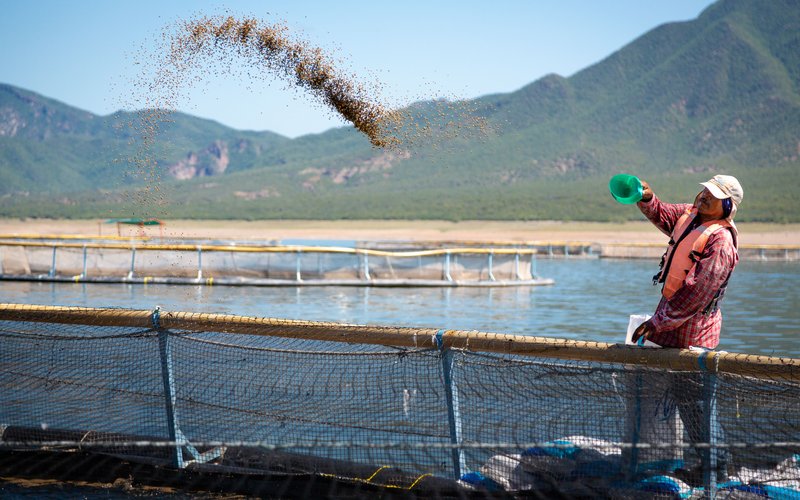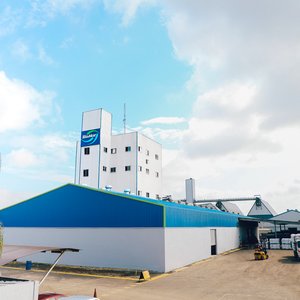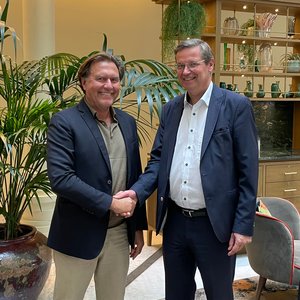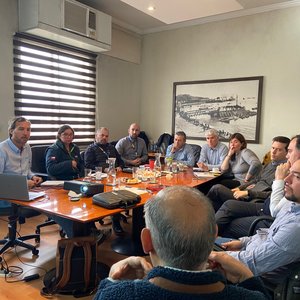The U.S. Soybean Export Council (USSEC) announced the convening of the Global Aquaculture Industry Advisory Council with multistakeholder representation from 11 academia, civil society, industry, public sector and sustainability certification organizations around the world, thereby reaffirming the U.S. soy farmers and industry’s commitment to shaping a growing and sustainable aquaculture industry.
The 11-member USSEC Global Aquaculture Industry Advisory Council includes Allen Davis, Auburn University; Antonio Garza, World Aquaculture Society; Erik Olav Gracey, BioMar; Dr. Xue Min, China Academy of Agricultural Sciences; Steve Hart, Global Seafood Alliance; Sebastian Belle, Maine Aquaculture Association; Jose Antonio Camposano, National Chamber of Aquaculture, Ecuador; Neil Sims, Ocean Era; Glenn Kleppe, Regal Springs; Ken Overturf, U.S. Department of Agriculture; and Tom Domino, Wakefern Food Corp. The USSEC Global Aquaculture Industry Advisory Council will meet at least twice a year, with the first meeting scheduled virtually for September 2021.
“Aquaculture has immense potential to help meet the world’s nutrition and food security needs as an affordable and sustainable source of protein. The USSEC Global Aquaculture Industry Advisory Council is a testament to the commitment of U.S. soy farmers and industry, as well as of visionary leaders across the value chain from aquaculture feed, research, and sustainability certification - to shape a growing and sustainable aquaculture ecosystem,” said Courtney Knupp, USSEC director - Aquaculture and Animal Nutrition Meal.
“The past year has created many challenges for the seafood industry, as well as new opportunities for innovation and partnerships to advance sustainability. The combined knowledge, expertise and understanding of global market trends, best practices, the economics of production, industry opportunities and challenges represented on USSEC’s Global Aquaculture Industry Advisory Council can help build and support the sustainable long-term growth of global aquaculture,” said Steven Hart, vice president of Market Development (Asia, Oceania, EU, UK) for the Global Seafood Alliance – an international, nonprofit trade association dedicated to advancing environmentally and socially responsible aquaculture and the leading standards-setting organization for aquaculture seafood.
Soy protein is an excellent source of protein for the aquaculture and aquafeed industry worldwide. It is an important protein source in the aquaculture diet due to its high protein content, balanced amino acid profile, and high level of digestibility for most cultured fish and shrimp species. As such, it can replace high-cost animal proteins and yield optimal fish growth. A large majority of aquaculture diets now contain 25-30% soy as a key part of the formulation.
Antonio Garza, president of the World Aquaculture Society added, “we need to take a systemic approach for aquaculture that advances sustainable growth across the entire value chain, from farmers to feed companies to seafood companies to consumers. The World Aquaculture Society looks forward to engaging with diverse global stakeholders on USSEC’s Global Aquaculture Industry Advisory Council to share a profitable and sustainable aquaculture industry.”
USSEC, in collaboration with the soy checkoff, is committed to continued investment in research on fish nutrition, the development of aquaculture technologies, and providing technical expertise and partnerships. USSEC continues to work collaboratively with producers, feed manufacturers, equipment manufacturers, and other ancillary industry sectors to address all aspects of the production cycle for aquaculture.













